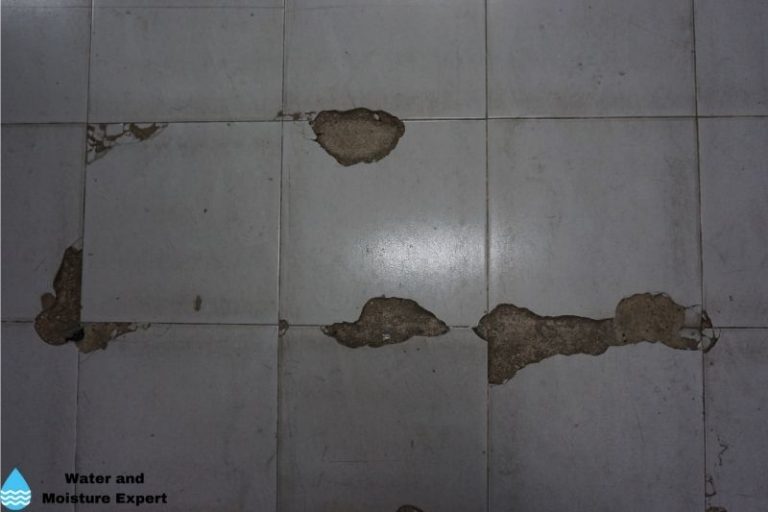Ways to Repair a Water-Damaged Wall in the Bathroom
Ways to Repair a Water-Damaged Wall in the Bathroom
Blog Article
We've encountered the article about Preventing Water Damage in the Bathroom below on the net and felt it made good sense to write about it with you on this page.

The shower room is extremely at risk for damp accumulation and also prospective water damage as a result of the regular use of water in it. This article uses basic evaluation strategies to assist spotting water damages dangers.
The frequent use water in the restroom makes it exceptionally prone for moist buildup as well as potential water damages. By examining it consistently, you can minimize water related problems.
The complying with collection of assessments is easy to do and need to be done when in every 3 months in order to keep your shower room healthy and to stop potential water damages brought on by the bathtub, the shower, pipe joints and also plumbing, sinks, cabinets, as well as the commode
Do not overlook doing these inspections as well as be complete while executing them. Keep in mind that these basic examinations can save you a lot of cash by giving early indicators for water damages
Sinks as well as Cabinets
Sinks as well as closets are exposed to moisture as well as moisture day-to-day and are typically ignored. Evaluate routinely under the sink and on the counter top over it. Fix any kind of drip in the catch as it might recommend drainpipe problems. Take a look around the sink, sluggish draining pipelines might show an obstructed drainpipe. Replace sink seals if they are broken or loose.
Bathtub and Shower
The shower and tub need unique interest and also maintenance. Check the tiles and replace if split. Make certain that there is no missing grout in between the ceramic tiles. Examine and also change broken caulking at joints where the walls satisfy the floor or the tub. Obstructed drains pipes and pipes issues will certainly stop the tub from drying as well as might suggest significant problems below the bathtub. Speak with a professional right away to avoid structural damage. Pay attention to discolorations or soft locations around the bath tub wall surfaces as they might suggest an interior leak.
Plumbing
Signs for water damage are tough to identify given that many pipes are set up inside the wall surfaces.
Pay special attention to flooring and wall surfaces wetness and stains as they might suggest an undetectable plumbing issue. Check wetness levels in adjacent areas also.
The Toilet
The commode is an at risk water junction. Check the water lines as well as search for leakages around the bathroom seat, in the hose, and also under the water storage tank. If you detect any kind of indications of moisture on the flooring around the bathroom, check for leakages in the toilet edge and container seals.
Know that hanging toilet dish deodorants boosts the possibilities for obstructions.
10 TIPS TO PREVENT WATER DAMAGE IN THE BATHROOM
The average household uses approximately 80-100 gallons of water per person per day. For a family of 4, that's almost 2,500 gallons of water a week! The largest portion of this consumption comes from bathroom use. Flushing the toilet uses the most water, followed by taking a shower or bath. With that much water running through the home, water damage in the bathroom is bound to happen. Knowing how to spot signs of a water leak is essential to preventing long-term damage. This guide provides you with tips to reduce the impact of water damage on your bathroom.
CAUSES OF BATHROOM WATER DAMAGE
Pipe breaks are the most common cause of water damage we see in our daily jobs. The age of a pipe plays a large role in a pipe break as well as corrosion. Over time, the metal begins to break down, allowing water to escape. Frozen pipe breaks are also a concern in the winter months. Toilet overflows caused by paper products or children flushing inappropriate items. Degraded caulking around the toilet or bathtub can allow water seepage, sometimes behind the fixture, into the subfloor or walls. Condensation forms when the water in a pipe is cooler than the air temperature. Beads of water form on the exterior of the pipes, sometimes so much so that the water begins to drip and pool below. Sink or shower backups created by poor drainage. HOW TO PREVENT WATER DAMAGE IN YOUR BATHROOM
Inspect your toilet supply line for worn or frayed hoses and replace them as needed. Winterize your plumbing to prevent a frozen pipe break. Use vent fans to prevent condensation that can lead to mold growth. Routinely check and replace degraded caulking around your toilet or bathtub. Increase the temperature in your toilet tank and insulate your pipes during the warm summer months to keep condensation from forming. Use child safety locks on the toilets. Flush only toilet paper. "Flushable" wet wipes are actually not good for your plumbing system. Additionally, feminine hygiene products should not be flushed. Prevent water from escaping the tub or shower. Make sure shower curtains are in good condition. Inspect shower doors and replace the seal strip if necessary. Wipe up any water that accumulates on the floor and use bath mats. Water left to sit can cause damage to the tiles and flooring. Refrain from using bath products containing heavy oils to avoid a clogged drain.

Hopefully you enjoyed reading our part on How to Repair and Prevent Bathroom Water Damage. Thanks a ton for taking a few minutes to read our article. Kindly take a moment to distribute this article if you enjoyed reading it. Thanks a lot for taking the time to read it.
Apply Now Report this page